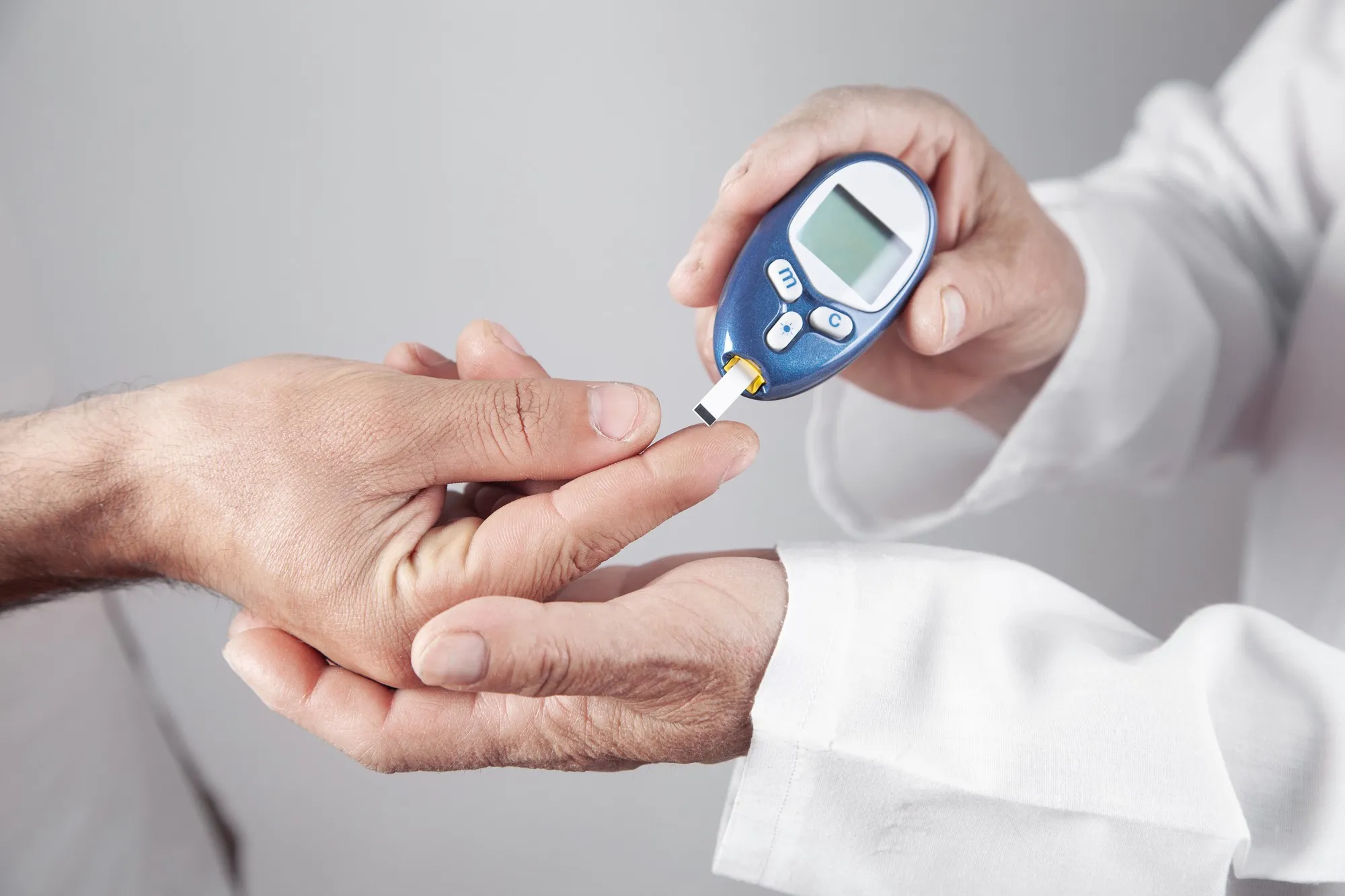Individuals with diabetes must regularly monitor their blood glucose levels for effective disease management and to prevent potential complications. This necessitates an accurate, efficient, and patient-friendly glucose monitoring system. The composition of skin interstitial fluid (ISF) closely mirrors that of blood, holding the potential for daily blood sugar assessment and disease management without the need for invasive blood sampling. However, standard ISF extraction techniques often involve complex steps, can cause skin damage, and may extract only a limited ISF amount, resulting in inefficient glucose detection. The need for a superior detection method has been met by an innovative research development, revealed in a recent study published in the Analytica chimica acta.
A team of researchers, led by Li Xiaodan and Zhang Peng from the Wuya College of Innovation at Shenyang Pharmaceutical University, has reported the creation of a ground-breaking glucose monitoring technology—a gold nanoparticle (AuNP)-based swellable colorimetric microneedle (MN) patch. This patch facilitates minimally invasive ISF sampling and provides real-time ISF glucose analysis capabilities, as detailed in their work titled “Swellable colorimetric microneedles for glucose detection based on glucose oxidase-like gold nanoparticles,” designated under DOI 10.1016/j.aca.2023.342152.
The MN patch exhibits an incredible ability to absorb significant amounts of skin ISF rapidly, demonstrating an extraction of 60.2 mg of ISF in just 10 minutes in in vitro conditions. It consists of a dual-layered structure; the tip layer is laced with AuNPs characterized by glucose oxidase (GOx)-like activity. This feature enables the catalysis of the oxidation of glucose within the extracted ISF, consequently producing hydrogen peroxide. This reaction results in the color change of the MN patch, serving as a swift and direct glucose level indictor.
The article “Swellable colorimetric microneedles for glucose detection based on glucose oxidase-like gold nanoparticles” addresses the stark advantages of the MN patch. Unlike conventional blood drawing techniques, the patch’s non-invasive nature significantly enhances patient compliance. The combination of in-situ colorimetric sensing based on AuNP nanozyme with the microneedle patch simplifies the detection process, saving users both steps and time. Moreover, when pitted against natural nanozyme-based detection methods, this MN patch showcases superior stability and sensitivity, especially under challenging conditions involving extreme pH levels and high temperatures.
The novelty and effectiveness of this technology have vast implications for diabetic care. As reported by researchers Li Xiaodan, Lv Jiatong, Zhao Jiuhong, Ling Guixia, and Zhang Peng, this colorimetric MN patch could redefine glucose monitoring practices, making daily diabetes management more accessible and less invasive.
In accordance with rigor in scientific reporting, the authors have included a Declaration of competing interest, affirming that they do not possess any known competing financial interests or personal relationships that could be perceived to influence the results presented in this paper.
References
1. Z. Chen, J. Ren, and X. Qu, “Gold nanoparticles: preparation, properties, and applications in bionanotechnology,” Nanoscale, vol. 4, no. 6, pp. 1873-1883, 2012. DOI: 10.1039/c1nr11188d.
2. H. Chen et al., “Nanozymes: classification, catalytic mechanisms, activity regulation, and applications,” Chemical Reviews, vol. 118, no. 10, pp. 6409-6455, 2018. DOI: 10.1021/acs.chemrev.8b00086.
3. Y. Wang et al., “Glucose oxidase-incorporated microneedles for minimally invasive monitoring of glucose,” Analyst, vol. 139, no. 15, pp. 3821-3824, 2014. DOI: 10.1039/C4AN00321A.
4. M. Yu et al., “Smart microneedles for bioresponsive drug delivery and diagnostics,” Advanced Drug Delivery Reviews, vol. 127, pp. 106-118, 2018. DOI: 10.1016/j.addr.2018.04.015.
5. J. Wang et al., “Swellable microneedle arrays for enhanced skin penetration and unobstructed transdermal drug delivery,” Lab on a Chip, vol. 17, no. 22, pp. 3828-3837, 2017. DOI: 10.1039/C7LC00845E.
Keywords
1. Glucose monitoring microneedles
2. AuNP nanozyme glucose sensor
3. Minimally invasive glucose detection
4. Colorimetric glucose analysis
5. Diabetes management technology
